Revisiting the outrageous lore of World of Warcraft: The Burning Crusade
The Burning Crusade was unlike anything else in Warcraft to date.
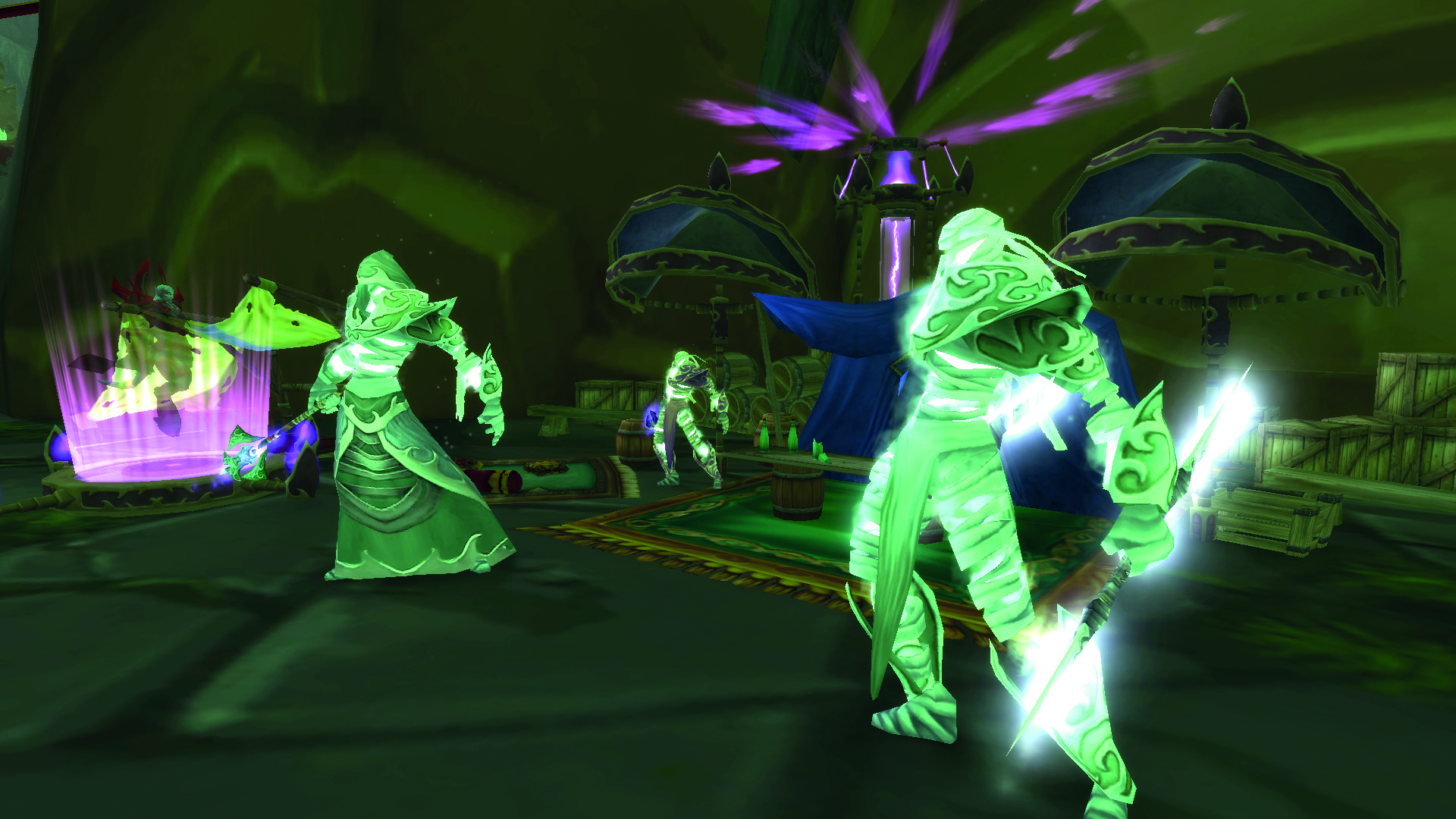
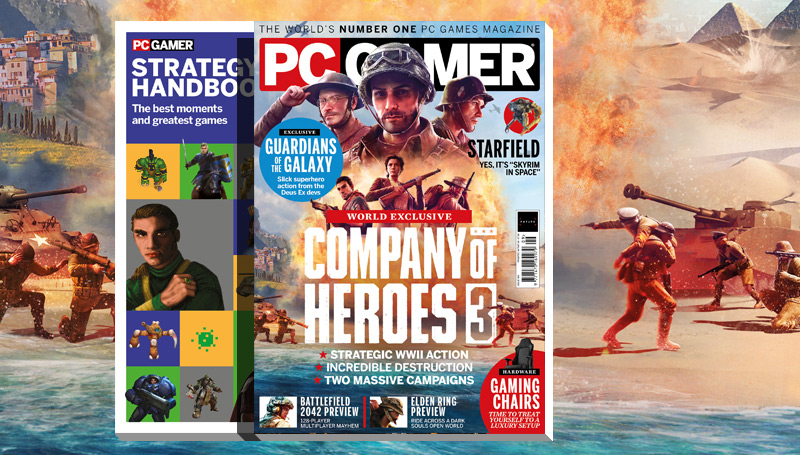
This article first appeared in PC Gamer magazine issue 360 in September 2021, as part of our 'Why I Love' series. Every month we talk about our favourite characters, mechanics, moments, and concepts in games—and explain why we adore them so much.
There was a time when Warcraft’s story and lore wasn’t etched in stone like it is today. Long before Blizzard published the three-volume Warcraft Chronicle—which spells out the origin story of the in-game universe with biblical grandeur—all we had to go on was quest text, cutscenes, and the Warcraft III user manual. And those mediums suited Warcraft’s story just fine because there wasn’t all that much to know. Humans and orcs hated one another, and Night Elves were at war with an army of demons led by a bad guy known as Sargeras.
For the first years of World of Warcraft’s life, the MMO was largely invested in fleshing out the world of Azeroth. Players ventured across dozens of zones, learning about different cultures and histories while also rubbing shoulders with more exciting elements like the different dragon broods. It was all entrenched in generic fantasy. And then World of Warcraft’s first expansion launched and players stepped through the Dark Portal and into a world that, by comparison, was batshit crazy.
Since Burning Crusade Classic brought back that 2007-era version of WoW, I’ve been having a great time exploring the world of Outland. It’s full of ideas that are easy to take for granted considering how much WoW has evolved in the decade since. But back in the day, those same ideas were heretical for many players.
I am the lore
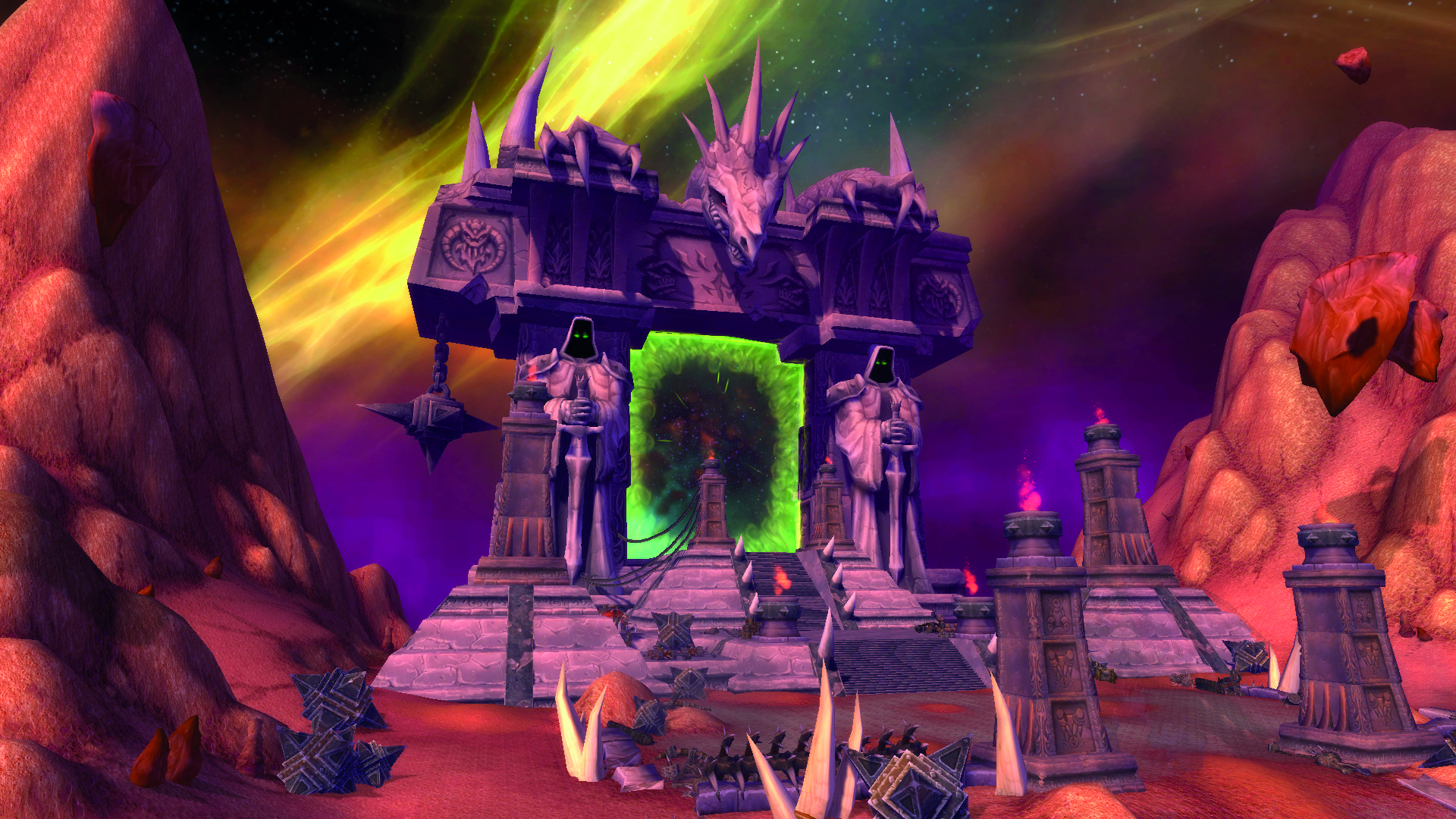
Until that point, Outland was the homeworld of the orcs. During the events of the original Warcraft games, they used magic to build a portal and invade Azeroth. Outland was the first time Warcraft ever toyed with the idea of a greater cosmos, but because we barely explored it in any of the games before 2007, players knew very little outside of the basic backstory for the orcs. That all changed when we stepped through the Dark Portal in The Burning Crusade.
Burning Crusade laughed at people’s expectations for what Warcraft was supposed to be.
What players found on the other side wasn’t just a new world to explore, but one that spit on Warcraft’s roots as generic fantasy. Aliens, intergalactic spaceships and giant floating glyphs of sentient light—Burning Crusade laughed at people’s expectations for what Warcraft was supposed to be.
The Draenei were easily the most controversial, thanks largely to how drastically Blizzard retconned the lore to make them fit in. Originally players thought they were little more than another race living on Draenor, but they became intergalactic exiles who fled from Sargeras and his demon armies after they took over their homeworld thousands of years ago. And the only reason they were able to flee is thanks to a giant floating light god alien that lived in deep space that just so happened to have a spaceship for them to use.
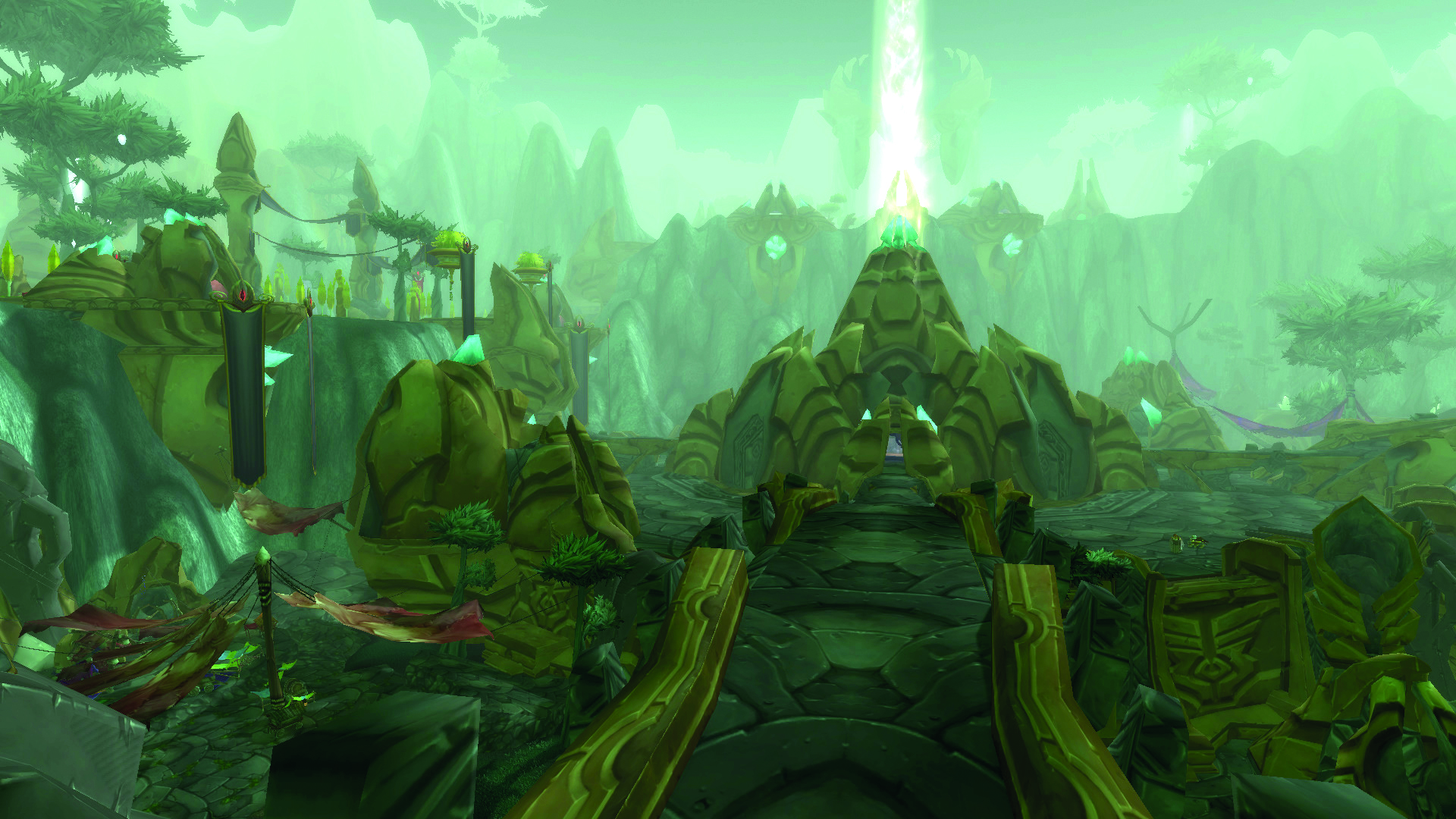
The main city of Shattrath really echoed the Draenei’s alien backstory. It looked like the ruined remnants of a far-future city now swarmed with refugees from various wars. And in its centre was a creature completely unlike anything in Warcraft to date: a floating crystal that was apparently a sentient creature from space. It was one of the Naaru, mystical beings of pure light that communicated to players through feeling and emotion.
The biggest gaming news, reviews and hardware deals
Keep up to date with the most important stories and the best deals, as picked by the PC Gamer team.
Aliens, intergalactic spaceships, and floating glyphs of sentient light
It got even weirder. Once players ventured to Netherstorm, they soon discovered Tempest Keep. This interdimensional ship only arrived in Outland because some of the heroes who were stranded there in Warcraft II prayed and were heard by The Army of Light—an intergalactic army of do-gooders opposed to Sargeras and his Burning Legion.
Because Warcraft’s lore is always expanding, these revelations now feel quaint. Hell, two expansions ago I rode one of those spaceships to the Draenei homeworld to imprison Sargeras permanently. But back then Outland was bold and audacious. It dismantled so many of our fragile theories and assumptions and replaced them with hints of strange new worlds and even stranger creatures, and while some players hated it, I thought it ruled.
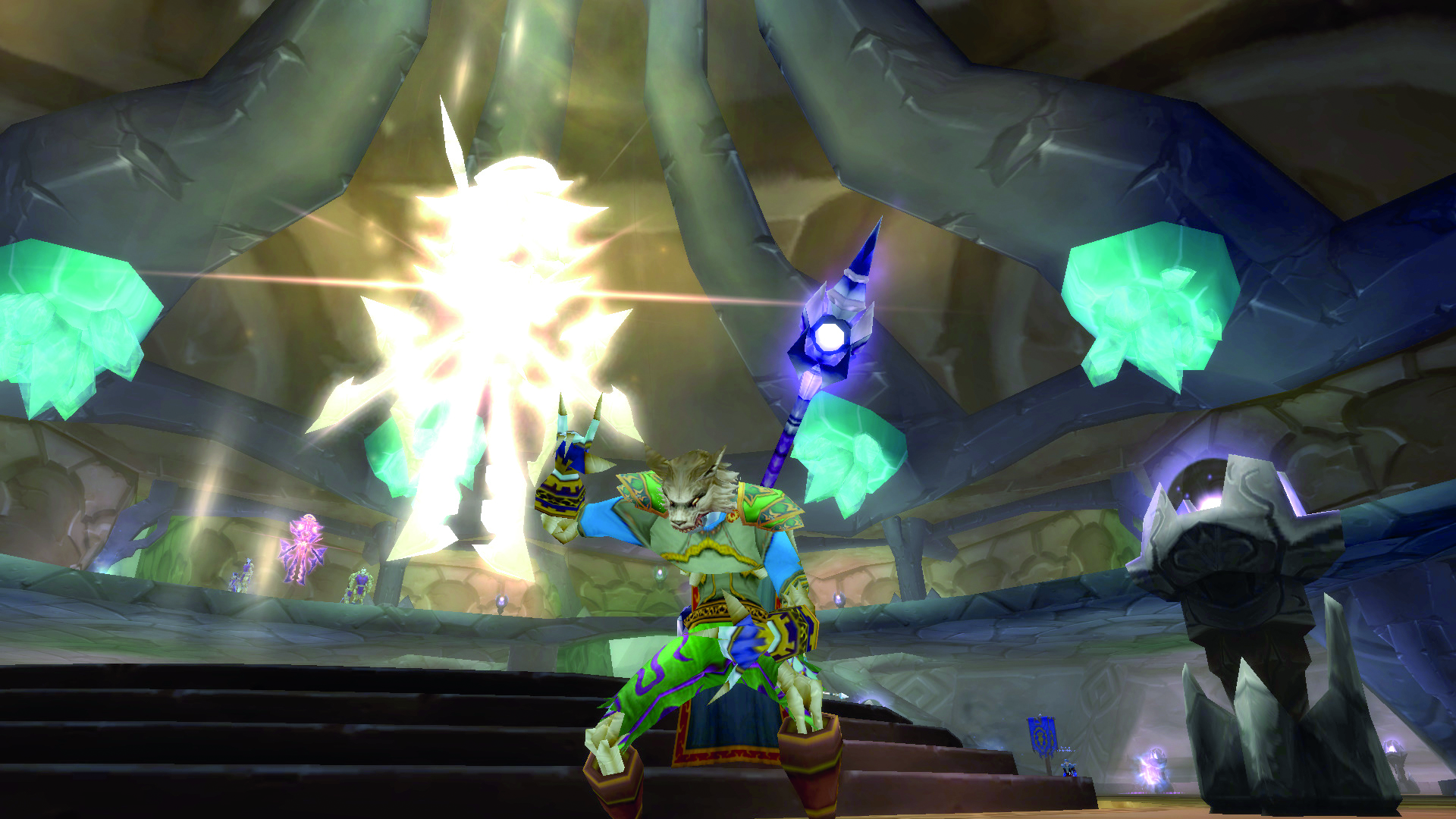
I had grown up on Warcraft my entire life and wasted afternoons pouring through what few details were found in its in-game manuals. The world of Azeroth was already so big and mysterious, and all of a sudden Blizzard just tore the veil off and revealed the even bigger galaxy that surrounded it.
With over 7 years of experience with in-depth feature reporting, Steven's mission is to chronicle the fascinating ways that games intersect our lives. Whether it's colossal in-game wars in an MMO, or long-haul truckers who turn to games to protect them from the loneliness of the open road, Steven tries to unearth PC gaming's greatest untold stories. His love of PC gaming started extremely early. Without money to spend, he spent an entire day watching the progress bar on a 25mb download of the Heroes of Might and Magic 2 demo that he then played for at least a hundred hours. It was a good demo.


